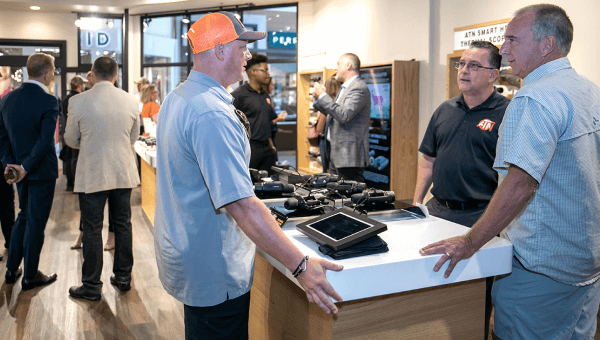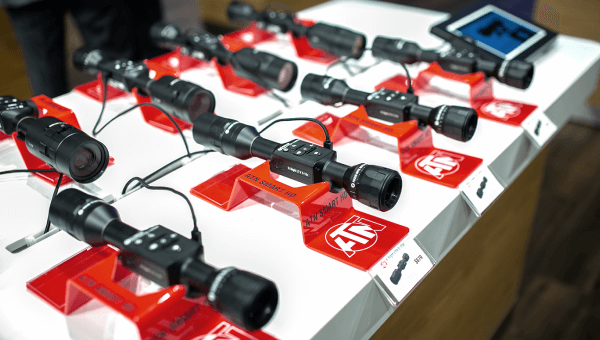Coyote Hunting Part 5
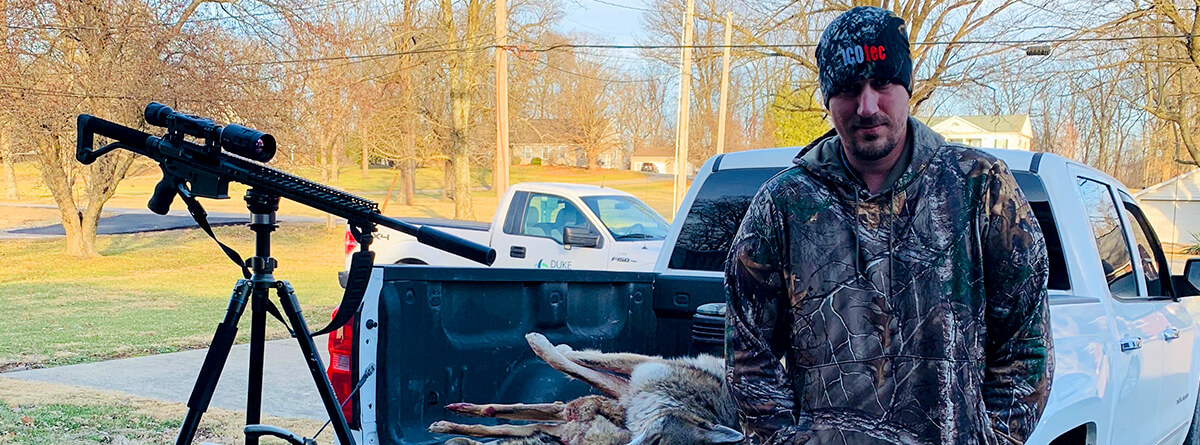
So, to keep on pace with this Coyote Hunting series, we have talked a lot about the various stages of a coyotes' life cycle, we have talked about calling sequences and land layouts along with a variety of other topics. Today, I want to touch on some of the stuff that you may or may not really put a whole lot of thought into, but again, it can be just as critical as anything else. I want to talk about the "accessories" that make up the coyote hunting arsenal and why they are something you should always keep in mind when you're either buying something for the first time or are looking for upgrades.
First, let's dive into an often overlooked, but quite important upgrade that you can do for yourself when it comes to your firearms. Upgrading your trigger to something more along the "match grade" lines is something that will only pay dividends in return. Whether or not you are a single-stage or a two-stage trigger person, having a clean and crisp break on your trigger pull and clean reset is something you cannot truly appreciate until you've went without it. In the world of accuracy, you want repeatability and consistency and that is where upgrading your triggers can really help out. While your traditional Mil-Spec triggers can have a pull weight of say, 5-7 lbs. before the gun goes off, there are triggers that come down to 1-2 lbs. What this does for the shooter is create that clean trigger pull where you're not yanking on the trigger, inevitably causing your gun/reticle to move and the shot to land somewhere other than where you were intending. Most high-end triggers, such as Geiselle, Timney, Elftmann, etc...run anywhere from $200-$300, but it's money well spent.
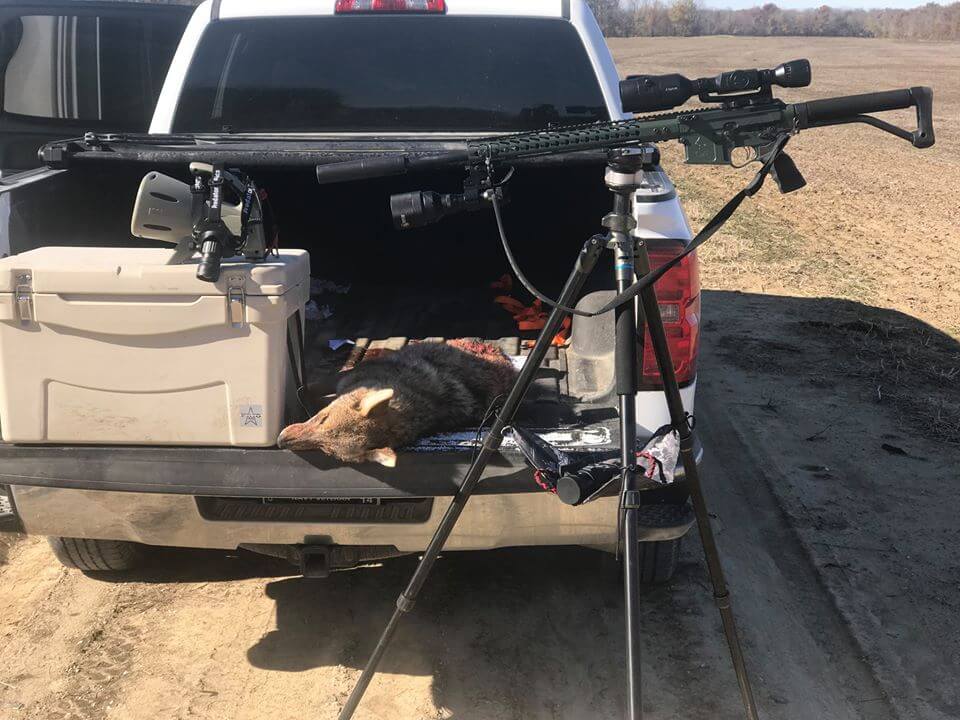
The best bipods and tripods for coyote hunting are another realm that you can dive off into, but this one is kind of like asking someone what their favorite vehicle is. There's tons of options and tons of criteria for individuals to base their decisions on, which will align with what your needs are. For instance, I hunt at night, standing in the middle of a crop field with my gun mounted on my tripod. I do not worry about being seen, being concealed or masking my movements while I am hunting. Generally, I walk, itch, stretch, talk and whatever else I want to do under the cover of darkness with little to no care in the world about being seen. For me, this is why I run an adjustable length tripod. This is also a topic that can range from $100-$1500+ depending on what you want to spend. I've used the $100 tripods and I've used more expensive carbon fiber tripods that range around the $700 range. Truth be told, I'd buy the $100 one again, just because I don't see 7x the benefit for 7x the cost, but again, that's my personal opinion. If I was a day hunter who was more concerned with movement and concealment who sat down on a stand quite a bit. I feel my needs would be better served with something more traditional like a bipod setup, that still allowed me movement but also provided a stable platform for me to shoot off of.
When talking about coyote hunting tripods in specific, one of the next topics that generally arises is, "Well, what ball head are you using on your tripod?" Great question....wide open answer for most folks because again it generally comes down to needs and budget. Are you running a lightweight bolt action coyote hunting rifle?? Are you running a 17 lb. AR-10? Do you want to use an arca swiss plate and direct mount? Do you want to use a saddle configuration? The nice thing on this topic, at least in comparison to the tripods, is once you have an idea of what you're wanting, you can shop for what suites your needs. If you're running a leveling base, for instance, there's really only a select few companies that make this option that has been tried and tested in the fields, and those will run you around $250. Call someone and say that you want the best ball head available, and while you may get semi-mixed reviews on who makes that, you're generally looking at $450 for the "top of the line" that most people will recommend. For numerous reasons, I am not listing specific companies, but you can frequent the predator hunting groups or ask any of the Ambassadors here at ATN and you'll find most of us use something different, but we can at least give you an idea of where to start looking.
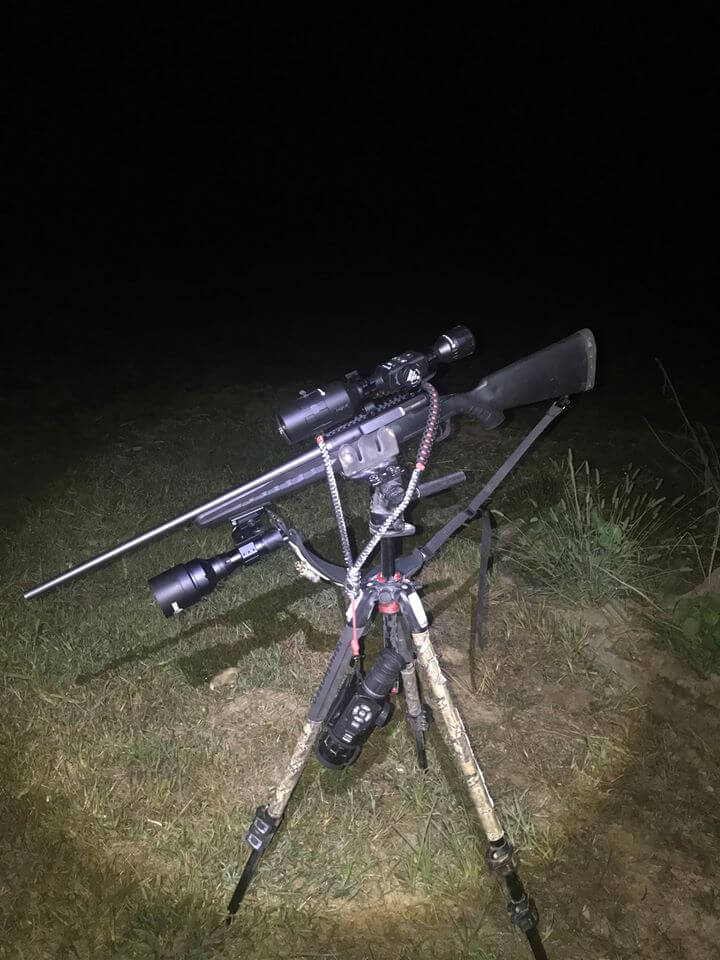
So...triggers, tripods, bipods and ball heads. We've literally covered 1/10th of the possibilities when it comes to upgrades and coyote hunting accessories, but these are some of the important ones I feel can increase successes in the field and give the end user more confidence when they get behind their rifles. Having a solid, stable shooting platform not only increases your accuracy, but it's also safer for you to know when you squeeze the trigger, that you have the confidence to know where that bullet is going to end up. On the flip side of that equation, knowing where the bullet is going to land and having confidence in your shooting is going to translate into more fur taking a ride in the truck and more success for you, so really, it's a win-win. If you have questions, don't hesitate to ask us, we enjoy answering questions. Heck, you may teach us something we weren't aware of, which happens quite often!
